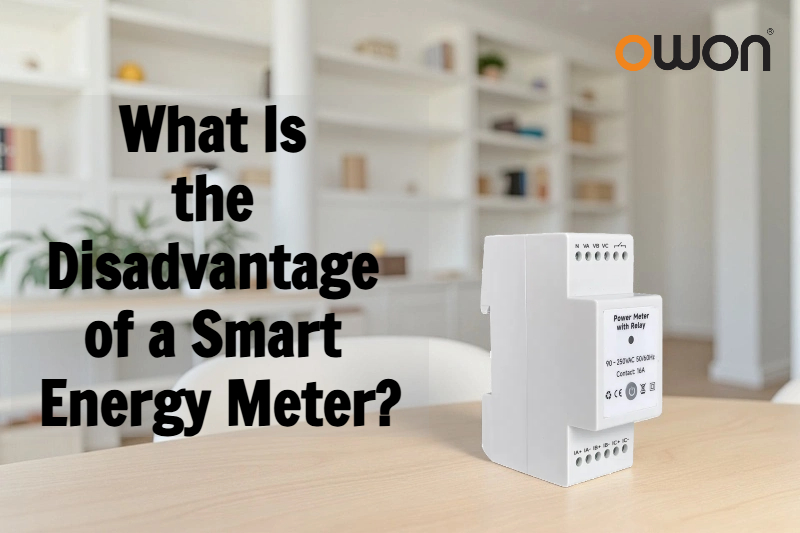Smart energy meters promise real-time insights, lower bills, and a greener footprint. Yet, whispers about their flaws—from inflated readings to privacy nightmares—linger online. Are these concerns still valid? Let’s dissect the real disadvantages of early-generation devices and why today’s innovations are rewriting the rules.
The Legacy Issues: Where Early Smart Meters Stumbled
1. "Phantom Readings" and Accuracy Scandals
In 2018, a Dutch study tested 9 smart meters and found 5 over-recorded consumption by up to 582%! The culprit? Distorted waveforms from energy-efficient devices (like LEDs or solar inverters) confused older metering chips. Users in Australia and China also reported bills spiking 30–200% post-installation—though often due to the meters’sensitivity to standby power, not malice.
2. Privacy Jitters and Security Gaps
Early models transmitted usage data with weak encryption, exposing granular habits (e.g., when you shower or run appliances). Hackers could theoretically map occupancy schedules or even manipulate readings. This fueled distrust, especially in privacy-conscious markets like the EU.
3. Network Nightmares: "Why Is My Meter Offline?!"
Traditional smart power meters relied on cellular/WiFi signals. In rural areas or concrete-heavy buildings, connectivity drops caused delayed billing, remote-control failures, or data blackouts. One storm could knock out an entire block’s monitoring.
4. Hidden Costs and Short Lifespans
Upfront prices were 3× higher than analog meters. Worse, complex circuitry shortened lifespans, shifting repair costs to users. Some even drew "vampire power" (adding ~$10/year to bills) just to sustain communication modules.
The 2025 Fix: How Next-Gen Tech Solves These Flaws
✅ Accuracy Revolution: AI Beats "Dumb" Sensors
Modern energy monitors use self-calibrating AI chips. They distinguish between benign waveform distortions (e.g., from LED bulbs) and actual consumption—slashing false readings to under 0.5%. Regulatory firewalls like the EU’s 2023 mandatory 3rd-party audits enforce this.
✅ Fortress-Level Security (No More Snooping!)
Next-gen WiFi smart energy meter 3 phase and Zigbee power meter models deploy:
- End-to-end encryption (like banking apps)
- Zero data storage: Transmit anonymized snippets only
- Regular OTA updates to patch vulnerabilities
✅ Offline Resilience & Multi-Network Backups
New three phase din rail meter designs include:
- Local storage: Saves data during outages, syncs when networks resume
- Dual-channel connectivity: Auto-switches between WiFi/Zigbee/cellular
- Solar-powered options: Eliminate grid-dependence for critical functions
✅ Cost Transparency and Longevity Wins
- Plummeting prices: Mass production cut costs by 40% since 2022
- 10-year lifespans: Solid-state components (no moving parts) outlast older models
- Zero vampire drain: Ultra-low-power chips use less energy than a night light
The Bottom Line for Homeowners
Yes, early smart energy meters had flaws—but they were limitations of their era, not the tech itself. Today’s devices are engineered to empower you, not utilities:
- Spot which appliance spikes your bill via multi circuit energy tracking
- Control single phase smart meter systems remotely during peak tariffs
- Trust military-grade privacy without micromanaging settings
The only real disadvantage? Sticking with outdated tech.
Post time: Aug-12-2025
